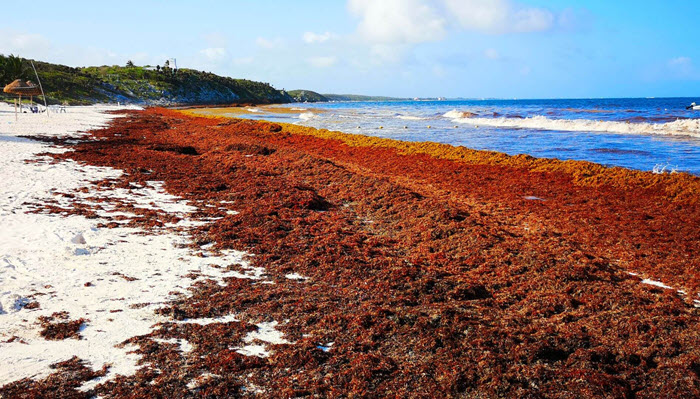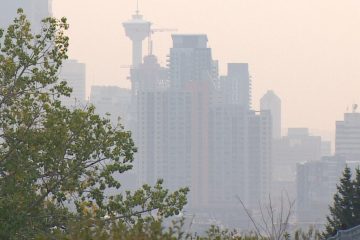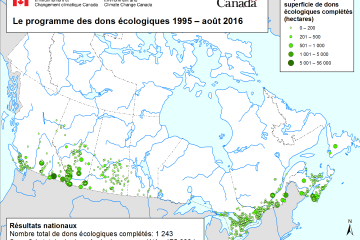The Growing Impact of Sargassum Seaweed on Marine Life

Introduction: The Sargassum Seaweed Phenomenon
Sargassum seaweed has recently emerged as a pressing environmental issue, especially for coastal communities in Caribbean and Gulf regions. Known for its buoyant, free-floating nature, this golden-brown seaweed plays a vital role in marine ecosystems. However, an unprecedented amount of sargassum has been washing ashore, leading to ecological disruptions, economic challenges for tourism, and health risks for local residents. Understanding the factors contributing to its proliferation is essential for safeguarding coastal environments.
What is Sargassum and Why is it Growing?
Sargassum is a genus of brown macroalgae that thrives in tropical and subtropical oceans. It provides habitat and food for various marine species, including fish and turtles. Scientists attribute the recent surge in sargassum blooms—now termed ‘episodes’—to nutrient-rich waters influenced by climate change, agricultural runoff, and a warming climate. The Caribbean region has faced significant challenges as vast mats of sargassum have drifted ashore, disrupting local ecosystems and tourism.
Impacts of Sargassum Seaweed Growth
Coastal areas affected by sargassum face both environmental and economic repercussions. Beaches that were once tourist hotspots are now overwhelmed with rotting seaweed, leading to unpleasant odors and unsightly landscapes. Local economies reliant on tourism have been adversely affected. In 2023, over 20,000 tonnes of sargassum washed ashore across popular Caribbean destinations, leading to losses estimated in millions of dollars due to diminished tourist attractions.
Health Risks and Environmental Concerns
Furthermore, decomposing sargassum can contribute to air quality issues. Hydrogen sulfide, a gas produced during the decomposition process, can cause respiratory problems for nearby residents. Consequently, health officials have warned vulnerable populations against prolonged exposure. Environmentalists are concerned about the impact on marine life due to reduced sunlight reaching underwater ecosystems and potential suffocation of local coral reefs.
Conclusion: Looking Forward
Addressing the sargassum seaweed issue requires a collective effort between governments, scientists, and local communities. Solutions may involve developing early warning systems to predict blooms, establishing collection and management strategies, and tackling the root causes of nutrient inflow into oceans. The situation remains dynamic, and with continued monitoring, it is hoped that effective measures can mitigate the impacts of sargassum. Understanding this phenomenon will ensure the preservation of marine environments and the livelihoods of those who depend on them.








